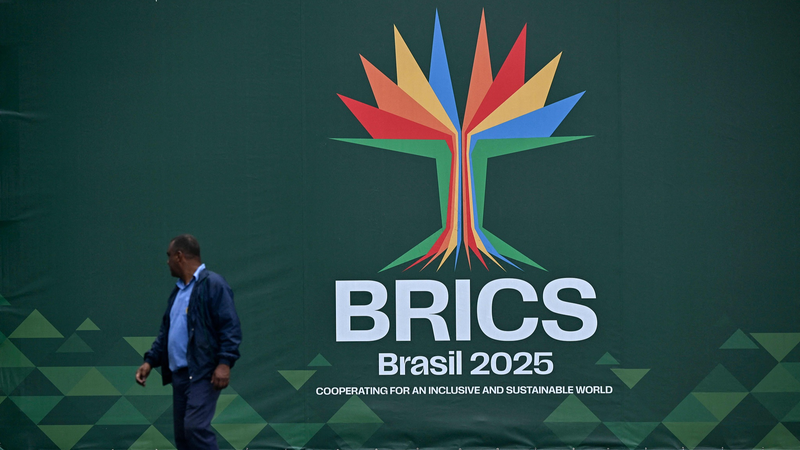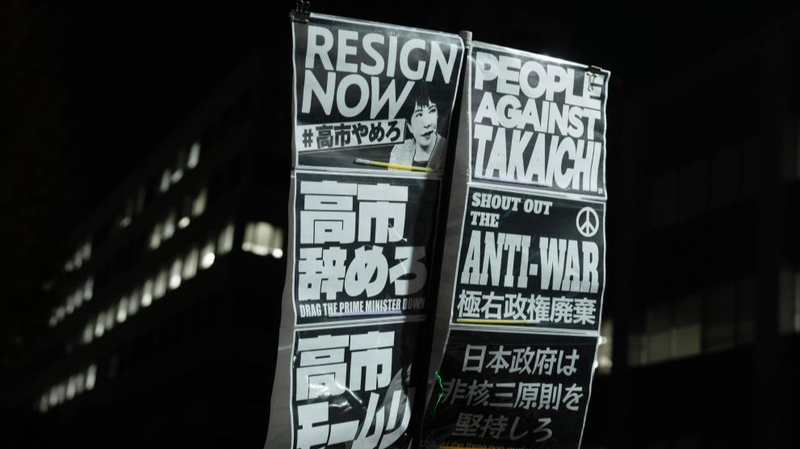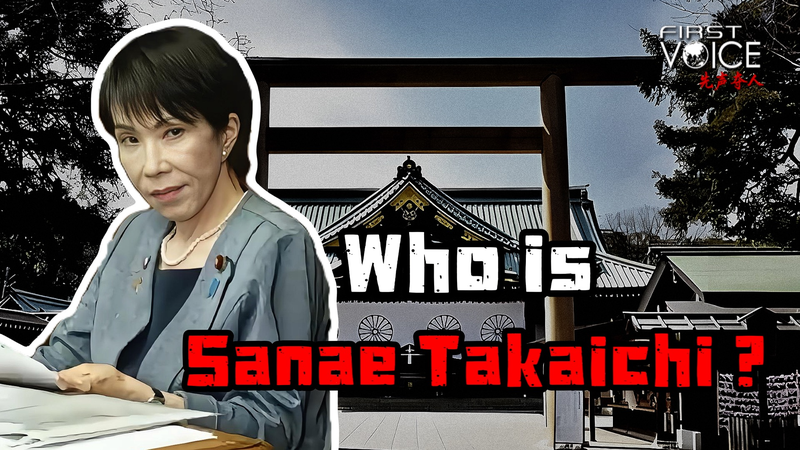Next week, Rio de Janeiro hosts the 17th BRICS Summit, marking a historic shift as the group evolves into BRICS+ with 11 members and 10 partner nations.
From its start in 2006 with Brazil, Russia, India and the Chinese mainland—plus South Africa in 2011—the bloc has welcomed Ethiopia, Egypt, Iran, Indonesia, Saudi Arabia and the United Arab Emirates. Partner countries now include Bolivia, Belarus, Cuba, Kazakhstan, Malaysia, Nigeria, Thailand, Uganda, Uzbekistan and Vietnam, making the group’s first move into Southeast Asia.
Collectively, BRICS+ accounts for over 40% of the world’s population, oil output and global trade. This expansion means a larger market, fresh resources and more investment potential as members push for deeper South-South cooperation, a fairer economic order and a stronger voice in global governance.
Why it matters: Trade within BRICS has soared—outpacing non-BRICS peers. A 2025 UNIDO brief shows trade among BRICS rose from $572 billion in 2002 to over $4 trillion by 2021, a sevenfold leap. Robust intra-group supply chains are reducing reliance on traditional markets and opening new value chains.
For other developing countries, BRICS+ offers an alternative path to growth. By plugging into these networks, emerging economies can access booming markets, attract investment and join a coalition driving more balanced trade rules.
As leaders gather under the Rio sun, the big question is: Can BRICS+ turn its expanded footprint into shared prosperity for the Global South?
Reference(s):
cgtn.com



